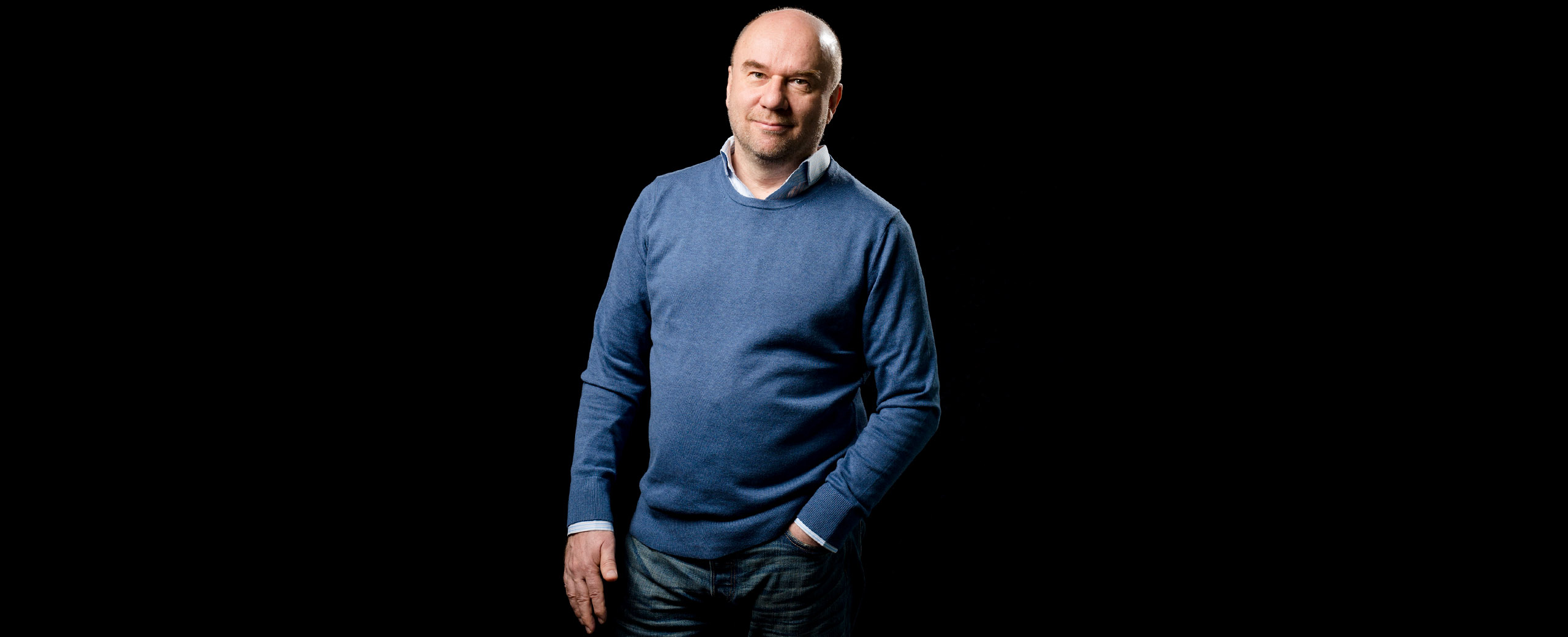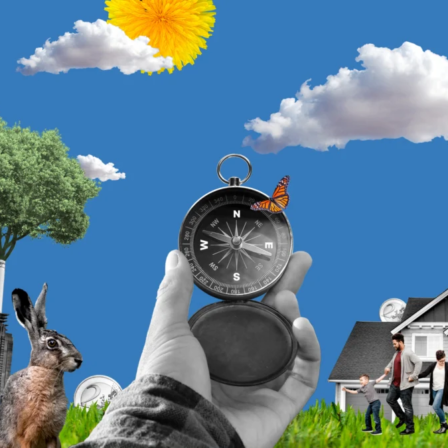Canada is an interesting, sophisticated country, and from the point of view of ageing and demographics it is a country especially worth observing right now.
Canada is similar in many ways to the Nordic Countries and Finland. The population of Canada, a country with a vast surface area, is currently 36 million. Canada is considered to be one of the best examples in the Western world of how a global society can function sustainably. Canada is a country that nurtures liberal values in its politics, is tolerant and open as well as socially polyphonic, while seeing immigration as something that is good and desirable.
According to official statistics for 2016, Canada had more people over the age of 65 than under the age of 15 for the first time in its history. There were 5.9 million Canadians over 65 and 5.8 million under 15. Researchers say that, if current trends continue, one in four Canadians will be over 65 in 2031.
“According to official statistics for 2016, Canada had more people over the age of 65 than under the age of 15 for the first time in its history.”
Statistically, the share of Canadians in the age bracket of 100 or older is growing fastest: since 2011, the growth will have been 42 per cent.
Canada’s ageing trend is driven by the baby boom generation reaching retirement age and the considerable lengthening of life spans. Meanwhile, the number of children born in Canada is declining year on year. The birth rate has continually decreased from the 1970s. The ageing trend and the low birth rate are particularly prevalent in urban centres and cities.
Canada is still the “youngest” member of the G7 countries in terms of ageing, and is in 30th place in a statistical ranking from the World Economic Forum, with Japan, Germany and Finland heading the rankings in terms of having the oldest populations.
There are differing opinions on what the future landscape of an ageing Canada will look like. There is the prospect that the pension system may collapse while healthcare costs grow uncontrollably, and a shortage of labour sets in. On the other hand, long life spans open new windows of opportunity: today’s seniors are healthier, better educated and are better able to function than ever before. With the baby boom generation, pensioners are more prosperous and have more buying power, and they have a greater desire to build good, high-quality lives for themselves. Many pensioners also want to work longer, thereby easing the growing labour shortage.
The needs of an ageing population in Canada have created a new vibrant and growing service sector: transportation companies take people to the dentist, laundry, grocery store and to visit relatives. Home healthcare businesses bring doctors, nurses, and physiotherapists to people’s homes. To maintain functional capacity, it is possible to hire the services of a personal coach to help maintain a good everyday life and activities.
“The needs of an ageing population in Canada have created a new vibrant and growing service sector.”
However, there are growing pressures and needs on the public social and healthcare services, since the ageing populations requires more and increasingly intensive support and treatment (Canada has universal healthcare). For example, because Canada has a car culture similar to that of the United States, it is considered important for old people to be able to drive their own cars. Losing the ability to drive brings with it a big risk of isolation and loneliness.
There is much talk in Canada about health nutrition for the ageing population, as well as good daily eating and food. One in three Canadians over the age of 65 are not eating well, or do not get enough variety in their diets. To meet this need, a number of small companies preparing and delivering a wide range of different kinds of home-cooked food have emerged. For instance, Heart to Home Meals, a family company, has 200 different meals to choose from to order for home delivery. The table setting is also included.
Finnish society is also aging at a fast pace. What will our society look like when the majority of the population are over 65 and living to a hundred is quite normal? Can we learn something about Canada – about its success and challenges – also here at home?














Recommended
Have some more.